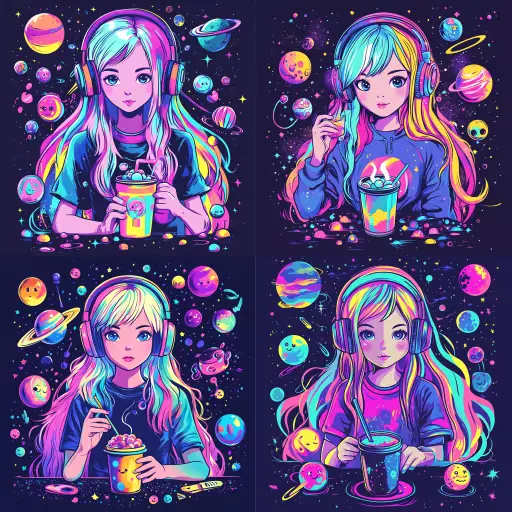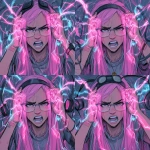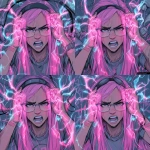Explore the Best AI Image Gallery

AI-Powered Visions: Transforming Product Photography with Artificial Intelligence
The world of product photography is undergoing a seismic shift, driven by the transformative power of artificial intelligence (AI). From generating stunning visuals to streamlining workflows, AI is revolutionizing how products are presented and perceived. This blog post delves into this exciting realm, exploring the creative impact of AI in product photography, its diverse applications, the ethical considerations it raises, and the future trends shaping this rapidly evolving landscape.
AI: The Creative Catalyst
AI is empowering photographers and designers with innovative tools to enhance their creative vision.
- Generative AI: Algorithms like DALL-E 2 and Midjourney can conjure realistic product images from textual descriptions, allowing for limitless variations and conceptual explorations.
- Style Transfer: This technique enables photographers to apply the artistic style of a master painter or photographer to their product shots, adding a unique and captivating aesthetic.
- Image Editing Automation: AI can automate tedious tasks like background removal, object enhancement, and color correction, freeing up time for photographers to focus on creative direction and storytelling.
Applications Across Industries
The impact of AI in product photography extends across diverse industries:
- E-commerce: Online retailers can leverage AI to generate high-quality product images at scale, personalize shopping experiences, and create engaging visuals for marketing campaigns.
- Fashion & Apparel: Designers and brands can utilize AI to showcase clothing in different settings, styles, and sizes, offering customers a more immersive and interactive shopping experience.
- Real Estate: AI can generate virtual tours and 3D models of properties, allowing potential buyers to explore homes remotely and visualize furniture placement.
- Automotive & Manufacturing: Manufacturers can use AI to create detailed product renders and animations, showcasing intricate designs and functionalities.
Ethical Considerations
The rise of AI in product photography raises important ethical considerations:
- Transparency & Authenticity: It is crucial for brands to be transparent about the use of AI in their product images, ensuring that consumers are aware of how visuals are created.
- Bias & Representation: AI algorithms can perpetuate existing biases if trained on datasets that lack diversity and representation. It is essential to address these biases and ensure that AI-generated imagery reflects a wide range of perspectives.
- Job Displacement**: While AI can automate certain tasks, it is important to consider the potential impact on photographers and designers. Upskilling and retraining programs may be necessary to prepare workers for the evolving job market.
Future Trends
The future of AI in product photography is brimming with exciting possibilities:
- Hyper-Personalization: AI will enable brands to create highly personalized product images tailored to individual customer preferences and demographics.
- Interactive Product Experiences**: AI will power immersive product experiences that allow customers to virtually interact with products, customize features, and explore different angles and perspectives.
- AR & VR Integration**: AI will seamlessly integrate with augmented reality (AR) and virtual reality (VR), creating engaging product visualizations and try-on experiences.
As AI technology continues to evolve, its impact on product photography will only intensify. By embracing its potential while addressing ethical considerations, brands can unlock new creative frontiers and deliver immersive, personalized product experiences that captivate customers.



](https://images.ai-img.art/thumbnails/150/985b7bf314caa205e59a2c973e979ce77cf5b24ca39799fffe2e30ea7c79ef07.webp)


](https://images.ai-img.art/thumbnails/150/fe996254fcb758c1365f3a22783ee6112ed5e34579deb401de674b06938efb2a.webp)





](https://images.ai-img.art/thumbnails/150/4c67c727683a835917441757b71ace563950f9178fa4826e09a55cfb092ac715.webp)

](https://images.ai-img.art/thumbnails/150/b94716d4b88da3e1ec3ab12162616a52ff5698251ac791ddf8478649889a0f47.webp)











](https://images.ai-img.art/thumbnails/150/4c5bdb0a0a1f761a911521333b9e3463c885aa247b42d1d311a97f2aa2c513d2.webp)










](https://images.ai-img.art/thumbnails/150/469bffae134ea97666025052588e76bb4dd4b6b98c4888cfd7873929a73156ff.webp)


